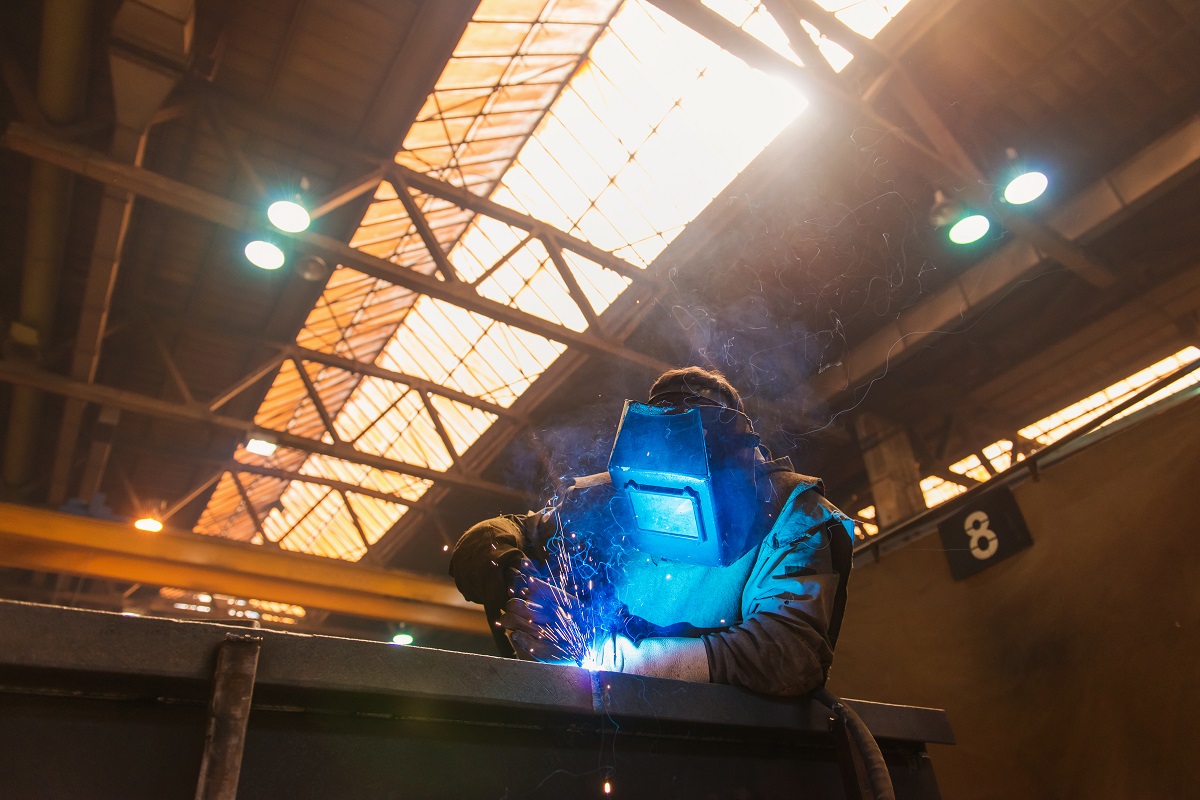Exactly How to Prevent Weld Undercut: Necessary Tips for Welders
Exactly How to Prevent Weld Undercut: Necessary Tips for Welders
Blog Article
Understanding the Art of Welding: Exactly How to Prevent Undercut Welding Issues for Flawless Manufacture Results
Performance and accuracy are paramount in the globe of welding, where even the least imperfection can compromise the structural honesty of a made item. One typical challenge that welders face is undercutting, an issue that can lead and damage a weld joint to costly rework. By understanding the source of undercut welding and applying reliable methods to stop it, welders can raise their craft to brand-new levels of excellence (Preventing weld undercut). In the quest of flawless construction results, mastering the art of welding to prevent undercut issues is not simply a skill yet a need for those making every effort for perfection in their job.
Recognizing Undercut Welding

To stop undercut welding, welders should ensure appropriate welding criteria, such as readjusting the present, voltage, travel rate, and preserving the appropriate electrode angle. By comprehending the causes of undercut welding and carrying out preventive procedures, welders can achieve top quality, structurally audio welds.
Causes of Undercut in Welding
Recognizing the aspects that contribute to undercut in welding is essential for welders to generate high-grade, structurally sound welds. Inadequate welding current or wrong welding speed can additionally contribute to damage. Understanding these causes and executing proper welding methods can help protect against undercutting issues, guaranteeing long lasting and strong welds.
Strategies to stop Undercutting

To reduce the risk of undercutting in welding, welders can use calculated welding strategies intended at enhancing the quality and stability of the weld joints. In addition, using the appropriate welding strategy for the specific joint arrangement, such as weave or stringer grains, can contribute to reducing undercutting.
Employing back-step welding techniques and managing the weld bead account can likewise help disperse warm evenly and minimize the risk of undercut. Normal assessment of the weld joint during and after welding, as well as carrying out quality assurance procedures, can assist in dealing with and spotting damaging problems promptly.
Significance of Proper Welding Criteria
Picking and keeping ideal welding criteria is vital for accomplishing effective welds with very little defects. Welding parameters describe variables such as voltage, current, travel speed, electrode angle, and protecting gas flow price that straight impact the welding process. These criteria must be carefully adjusted based upon the sort of product being bonded, its density, and the welding method used.
Appropriate welding parameters ensure the correct amount of warm is related to thaw the base steels and filler product uniformly. If the specifications are established too expensive, it can lead to extreme warm input, triggering distortion, burn-through, or spatter. On the various other hand, if the criteria are as well low, insufficient blend, sites lack of penetration, or damaging might occur.
Quality Control in Welding Workflow

Conclusion
To conclude, mastering the art of welding requires a comprehensive understanding of undercut welding, its reasons, and strategies to avoid it. By ensuring proper welding parameters and applying top quality guarantee techniques, perfect construction results can be attained. It is vital for welders to consistently make every effort for quality in their welding operations to avoid undercut issues and create top notch check my source welds.
Undercut welding, a typical flaw in welding procedures, occurs when the weld steel does not appropriately fill the groove and leaves a groove or anxiety along the welded joint.To avoid undercut welding, welders should make certain appropriate welding parameters, such as readjusting the present, voltage, travel speed, and preserving the correct electrode angle. Poor welding current or incorrect welding speed can also add to undercut.To click here for more mitigate the danger of damaging in welding, welders can use calculated welding methods aimed at enhancing the quality and stability of the weld joints.In final thought, mastering the art of welding needs a complete understanding of undercut welding, its reasons, and methods to avoid it.
Report this page